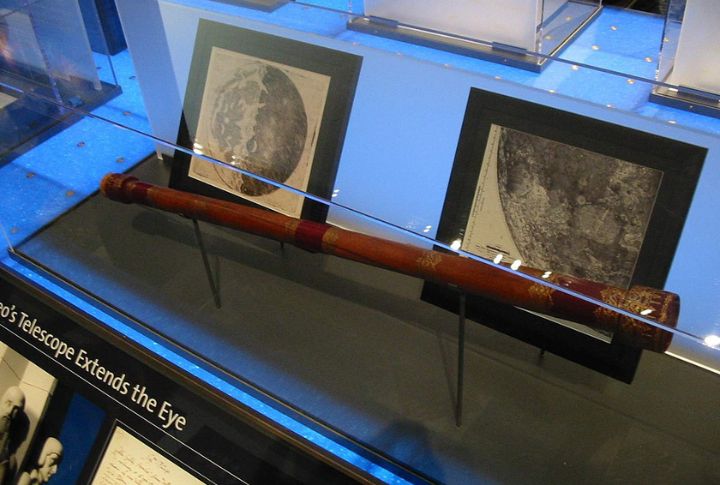
Throughout history, there have been countless moments that have completely changed our understanding of the universe. Some breakthroughs came from meticulous observation, while others were the result of pure chance. Yet, each of these physics discoveries has allowed us to reimagine the world in new ways. Let’s take a closer look at experiments that reshaped our worldview.
Galileo’s Telescope

In 1610, Galileo peered into the night sky and saw something no one had seen before: moons orbiting Jupiter. A discovery that went beyond astronomy—it challenged the old belief that Earth was the center of the universe. Galileo’s telescope pushed the boundaries of space as we knew it beyond our little world.
Newton’s Laws Of Motion
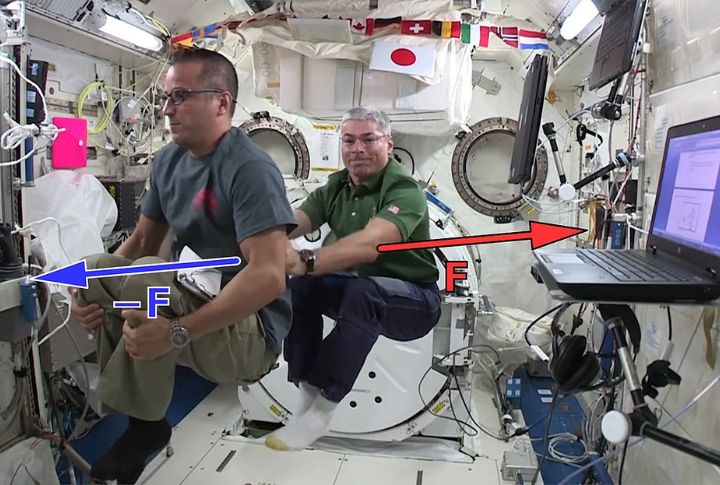
Before him, the world of motion was a mystery. In the late 1600s, Newton gave us three simple laws that explained how objects move. They explained everything from the movement of planets to how cars speed down a highway. With his discovery, physics gained an entirely new rulebook.
Michelson-Morley Experiment
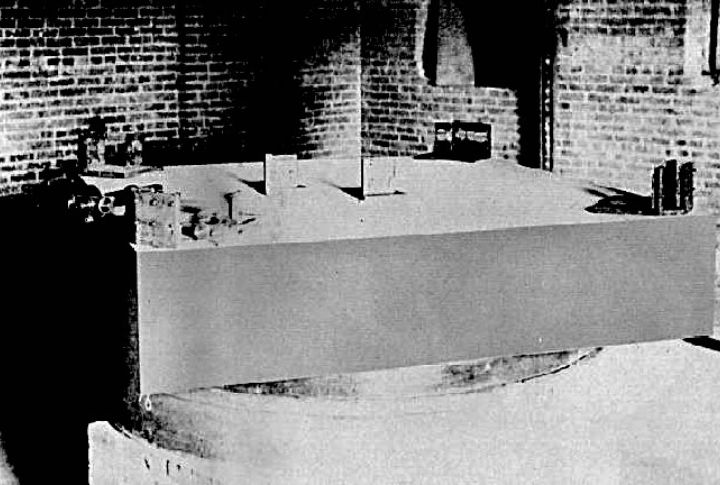
Two scientists, Michelson and Morley, attempted to quantify the speed of light through a hypothetical “ether.” Their failure to detect this ether wasn’t a mistake—it switched our understanding of light. The result helped pave the way for Einstein’s theories, shaking up everything physics once knew about space.
Max Planck’s Quantum Hypothesis
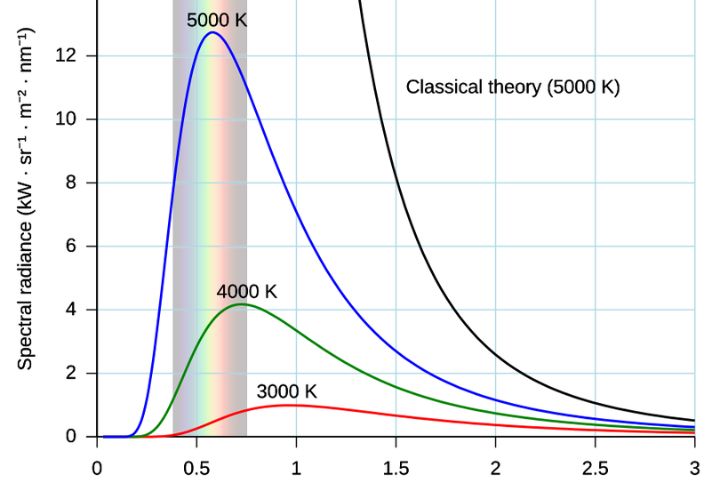
Max Planck had an unusual idea in 1900—energy is delivered in small, discrete portions, not a continuous flow. At the time, this concept seemed strange to many. Planck’s theory opened the door to the atomic world and set the stage for the birth of modern quantum physics.
Einstein’s Theory Of Relativity
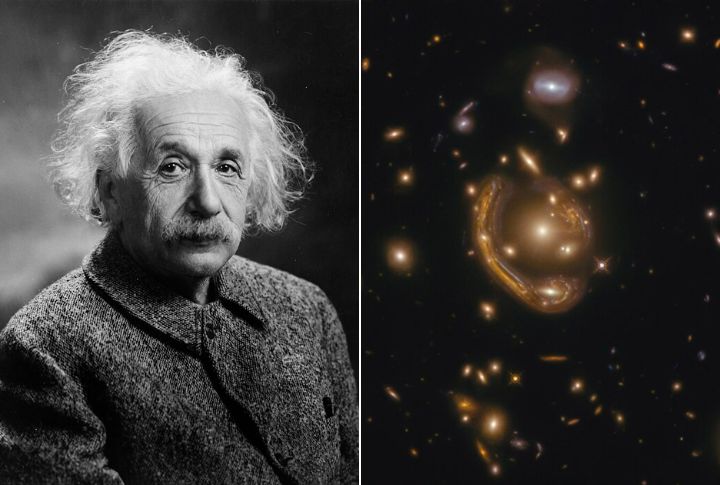
Einstein’s 1905 theory of special relativity revealed that the faster you move, the more time slows down. Then, in 1915, his general theory took it a step further, linking gravity to the very curvature of space. Suddenly, everything we believed to be fixed and unchanging was upended by Einstein’s groundbreaking theory of relativity.
Heisenberg’s Uncertainty Principle
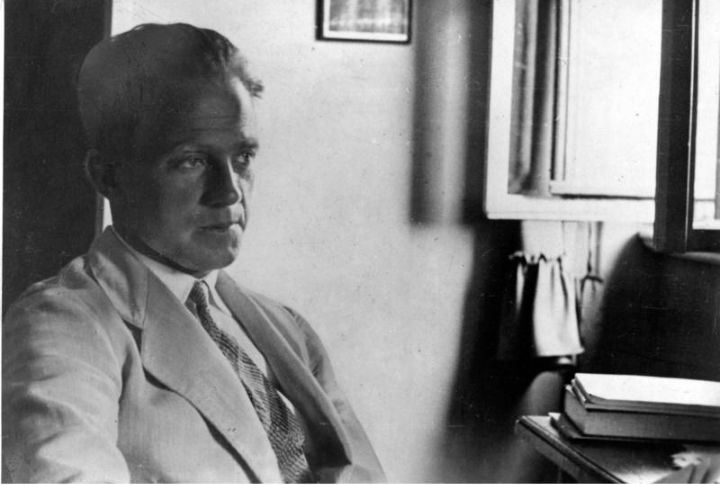
Heisenberg’s uncertainty principle introduced a mind-bending idea: the more precisely you measure a particle’s position, the less you can know about its speed, and vice versa. This wasn’t a limitation of our tools—it was an intrinsic feature of the quantum world. In this strange realm, certainty just doesn’t exist.
Rutherford’s Experiment (Atomic Nucleus)
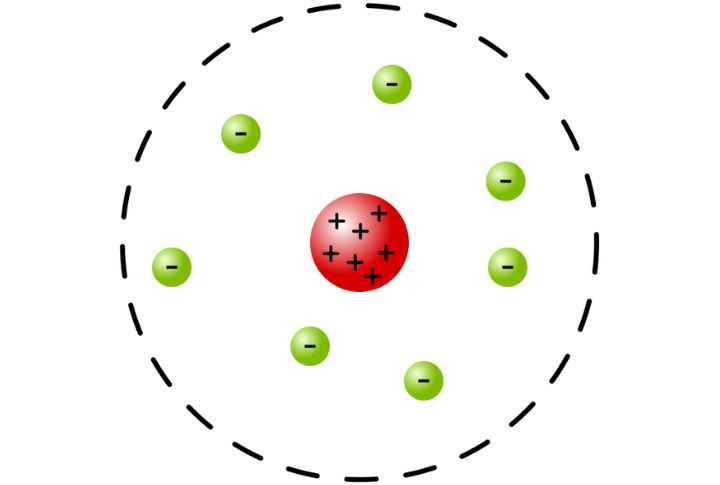
This discovery completely rewrote atomic theory, showing us that matter isn’t solid. Instead, it’s built around a tiny, dense nucleus. In 1911, Ernest Rutherford’s gold foil experiment revealed that atoms are mostly empty space. Rutherford’s work uncovered a deeper layer of the atom that had not been identified before.
Discovery Of The Electron

When J.J. Thomson found the electron in 1897, it changed the previously established notions of the atom. Once thought to be indivisible, the atom was now known to have smaller, negatively charged particles. This wasn’t just a small discovery—it set the stage for the field of particle physics.
Quantum Superposition

Imagine a particle existing in two states at the same time. It sounds impossible, but Schrodinger’s concept of quantum superposition shows that on the smallest scales, particles can do just that. A strange phenomenon that blew open the door to the counterintuitive, unpredictable world of quantum mechanics.
Hawking’s Black Hole Radiation Theory
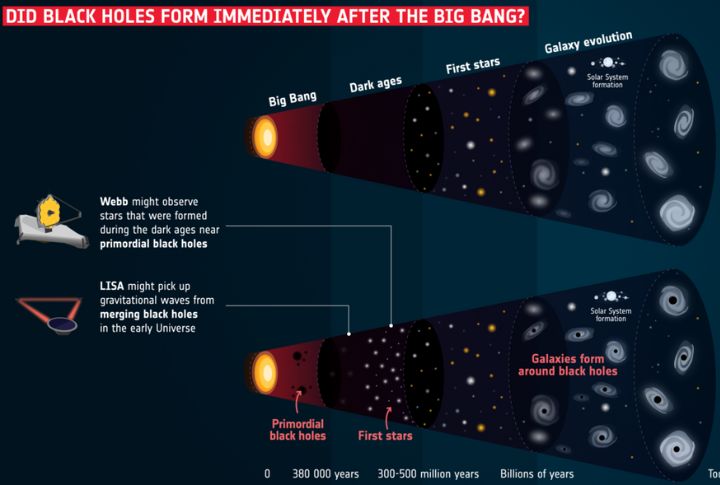
In 1974, Stephen Hawking proposed a revolutionary idea: black holes can radiate energy. Up until then, we believed black holes were cosmic traps that only consumed matter and energy. Hawking’s theory, however, revealed that black holes can eventually leak energy, giving us a surprising glimpse into how gravity behaves in ways we hadn’t imagined.

